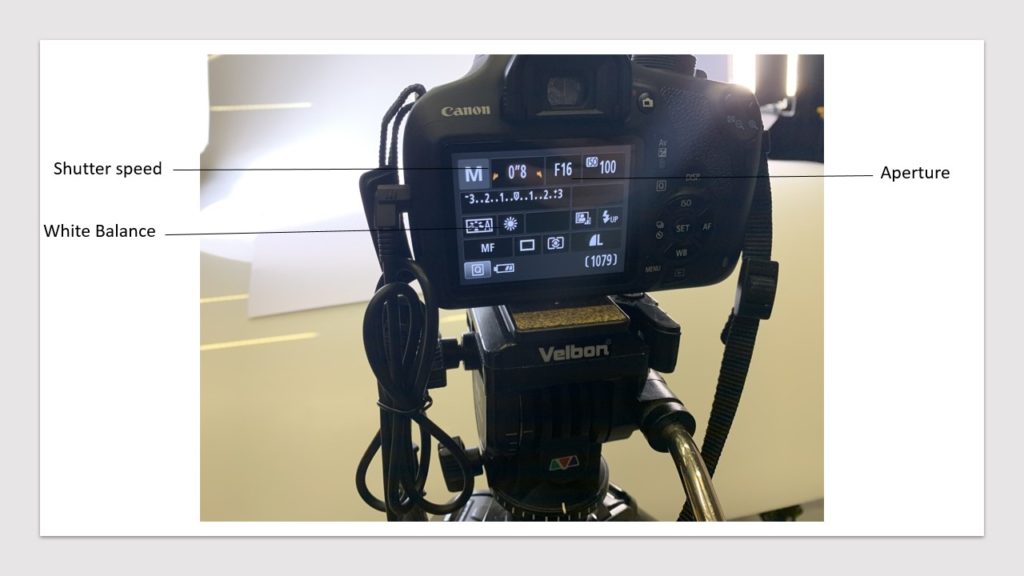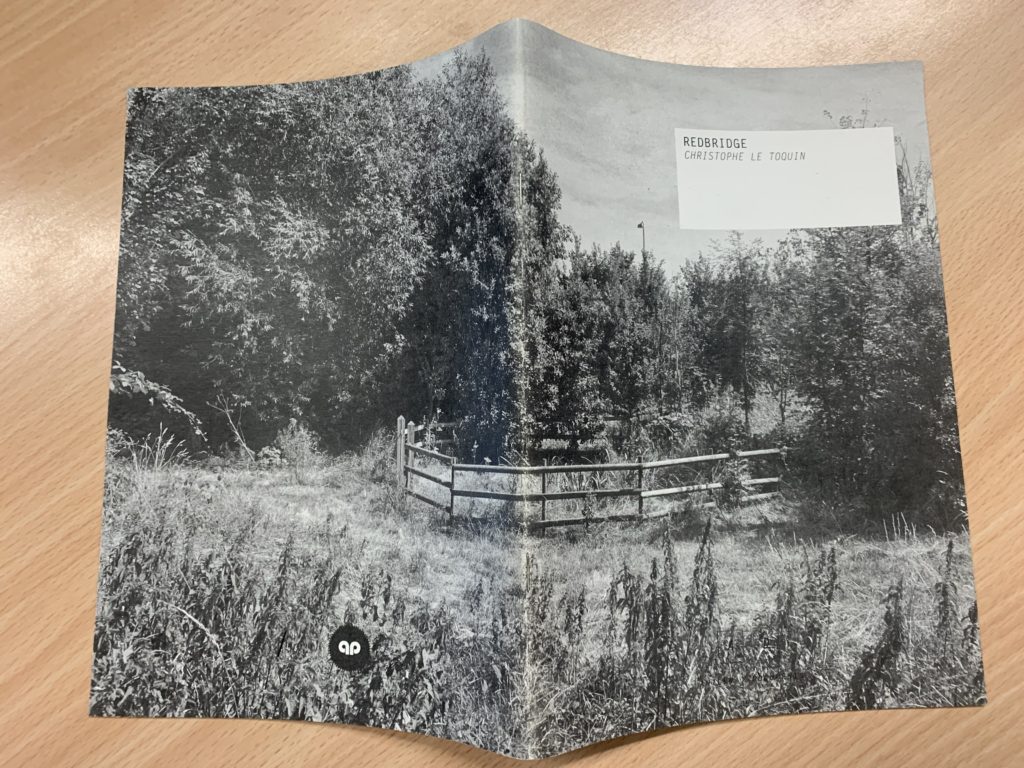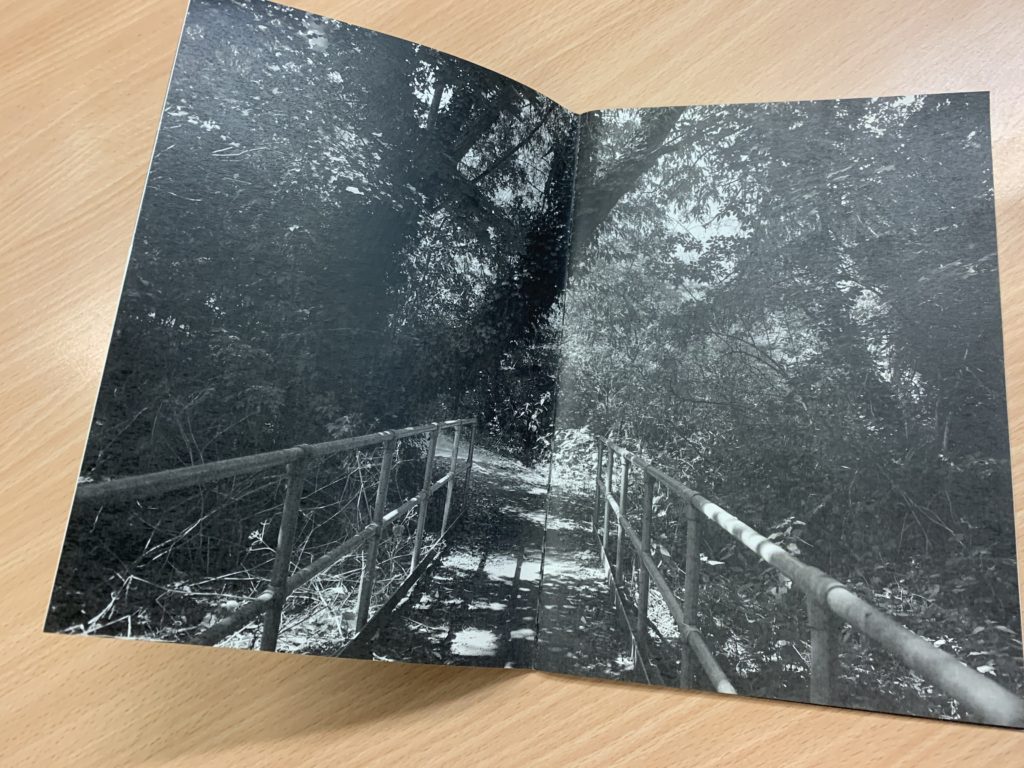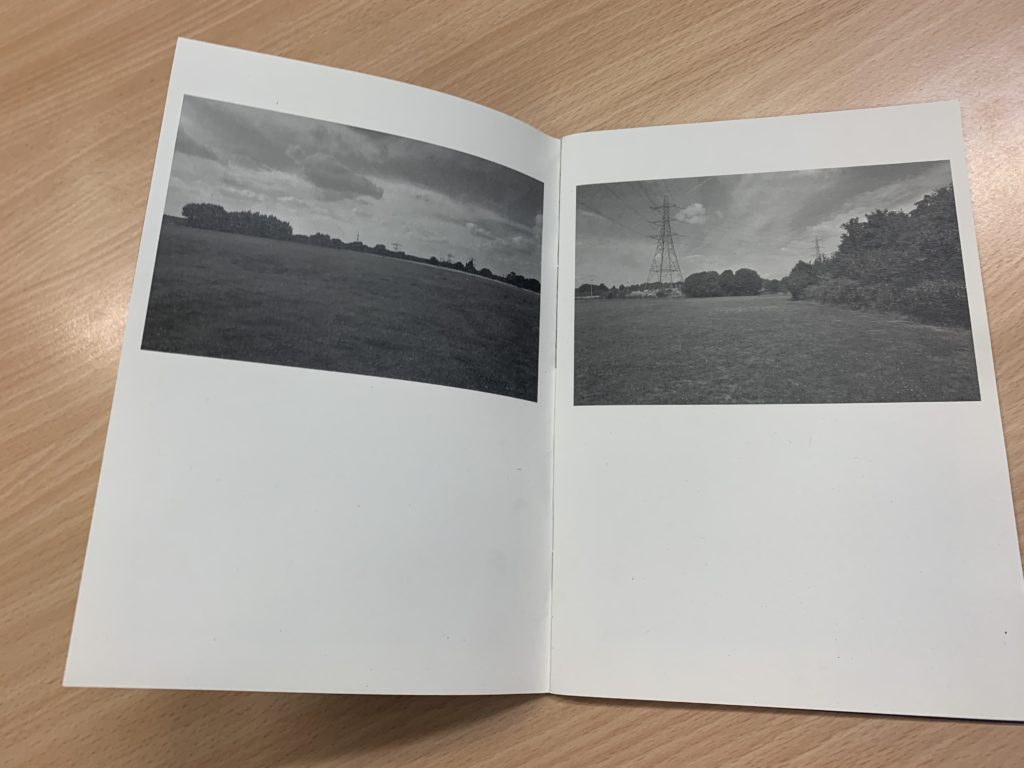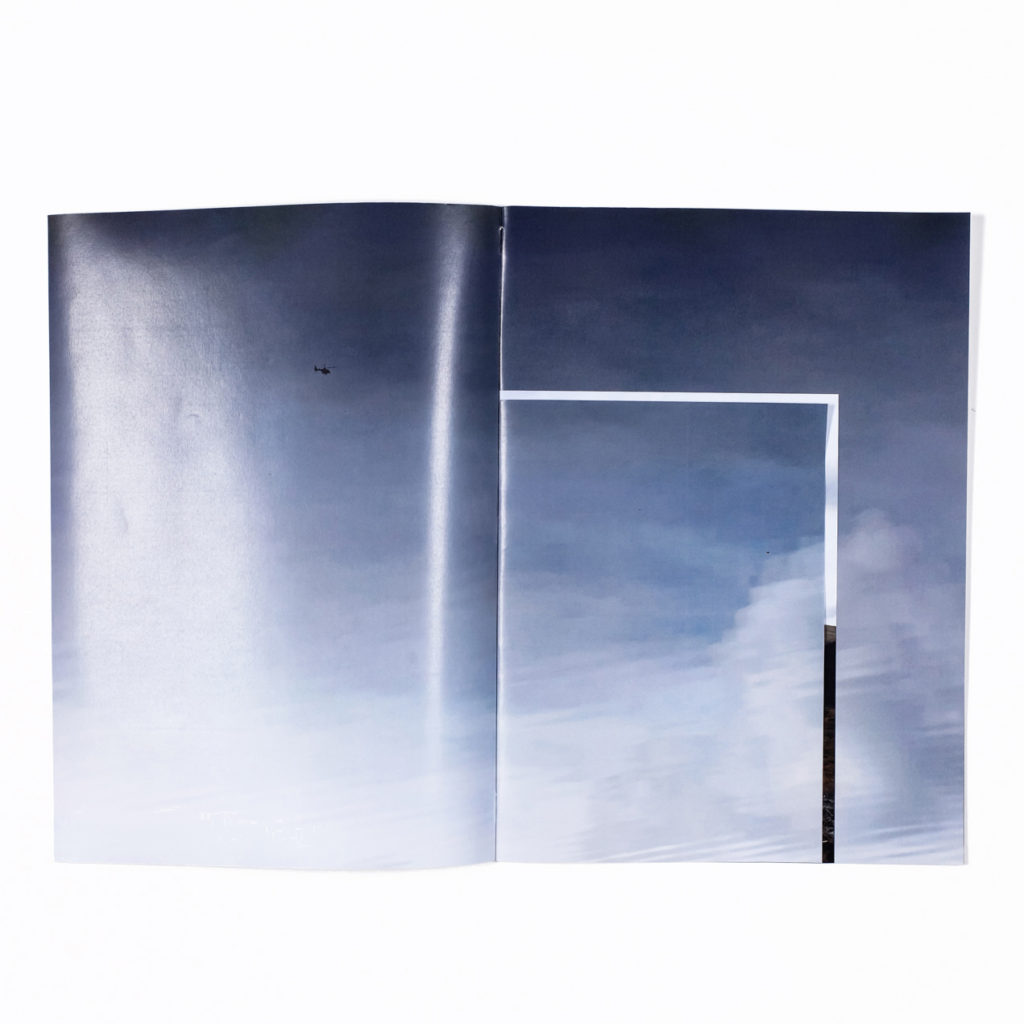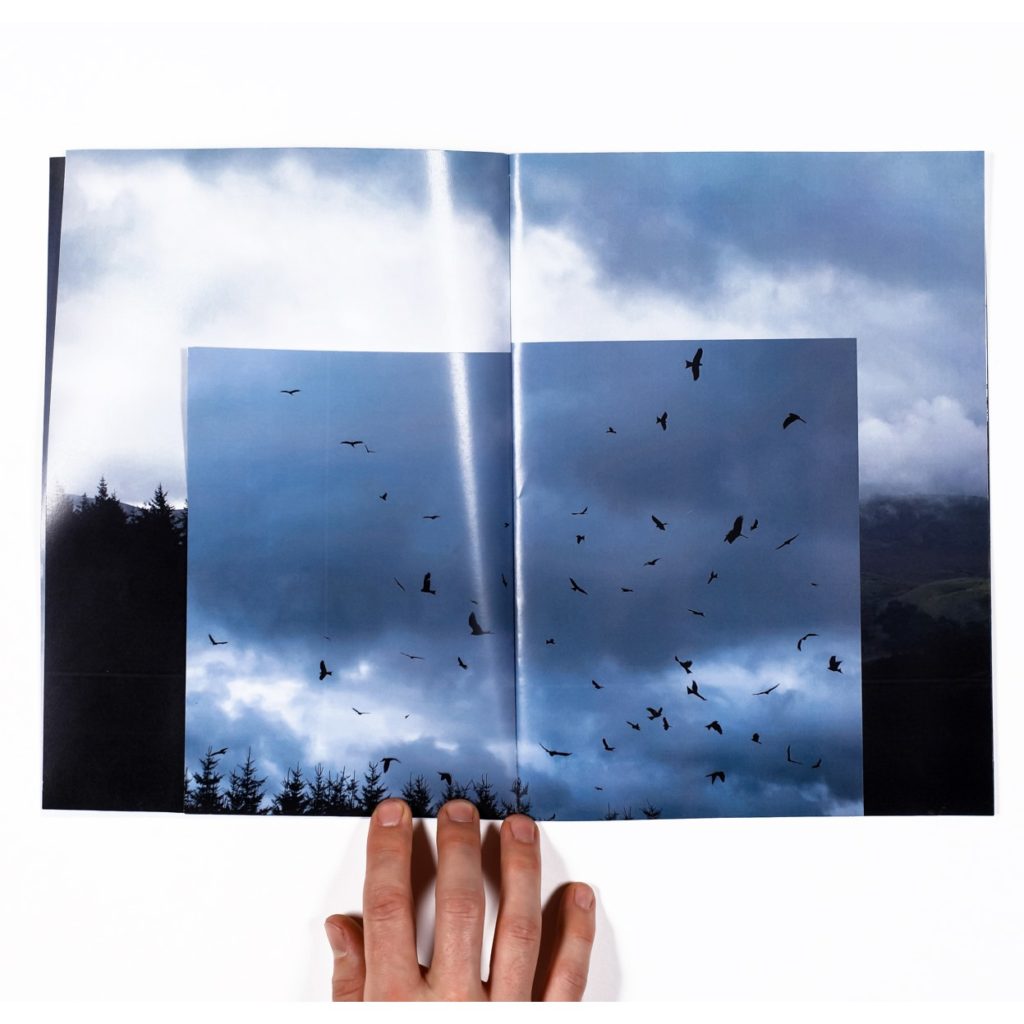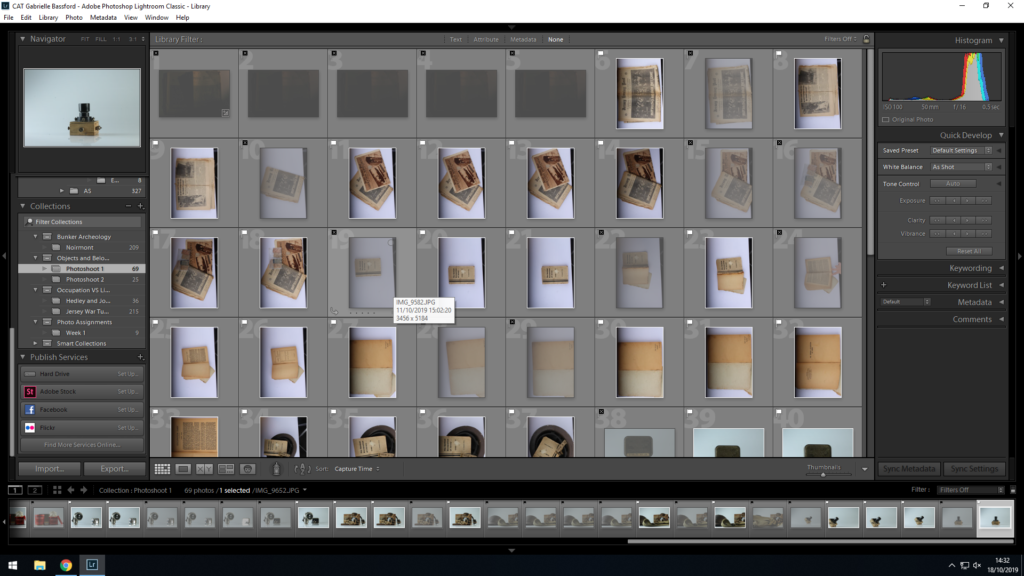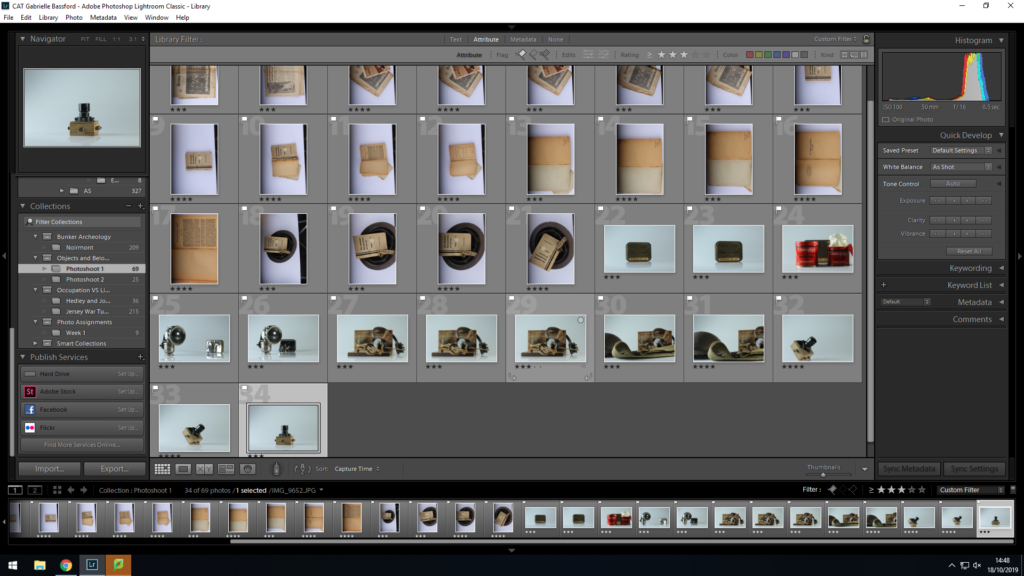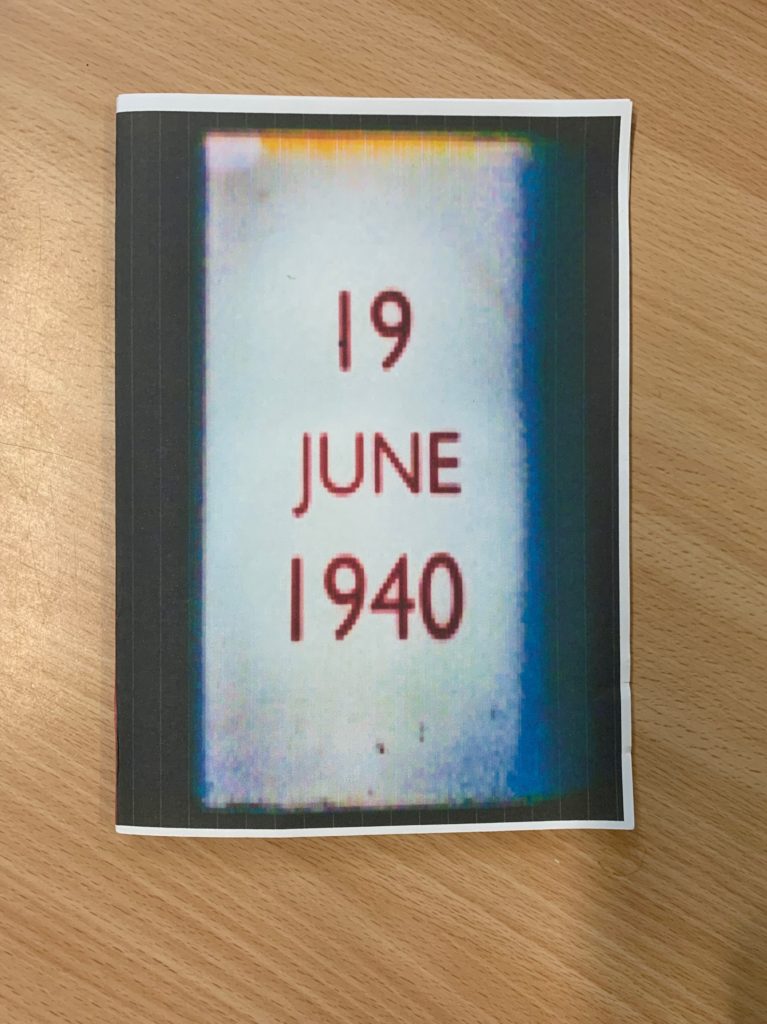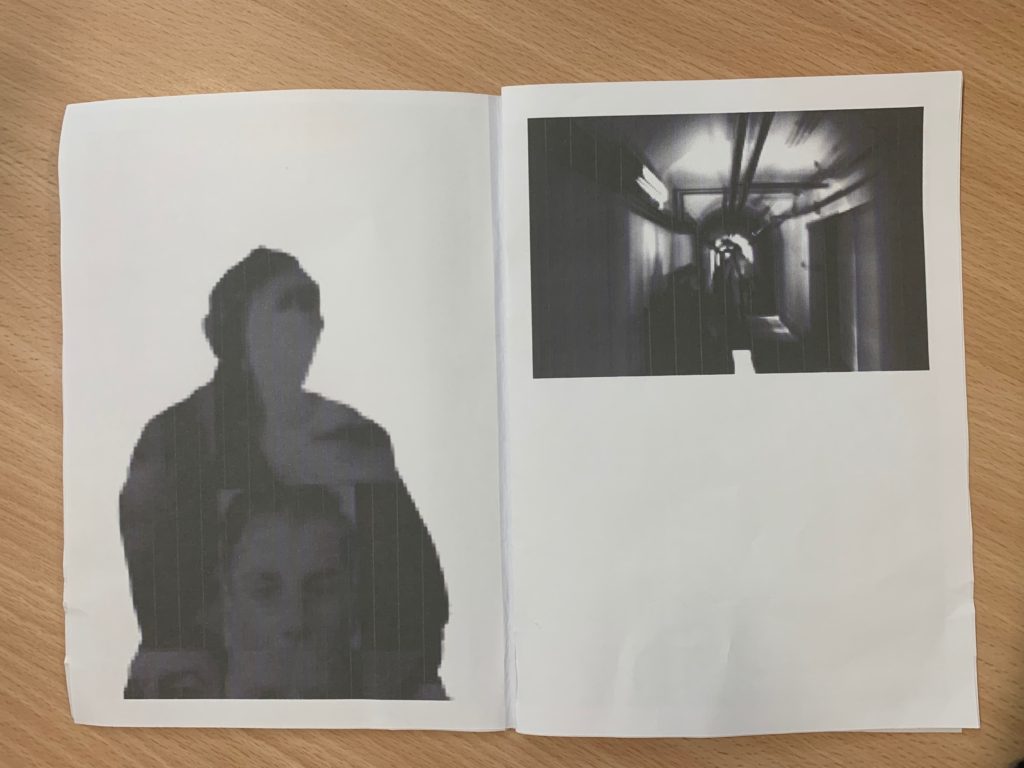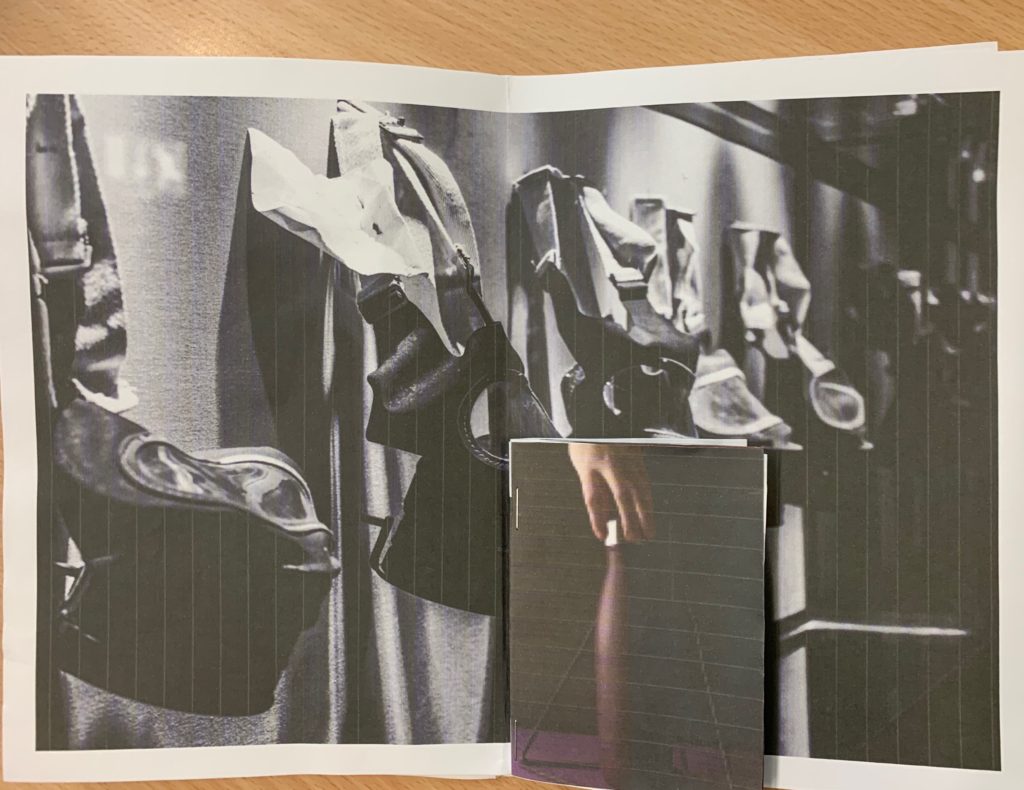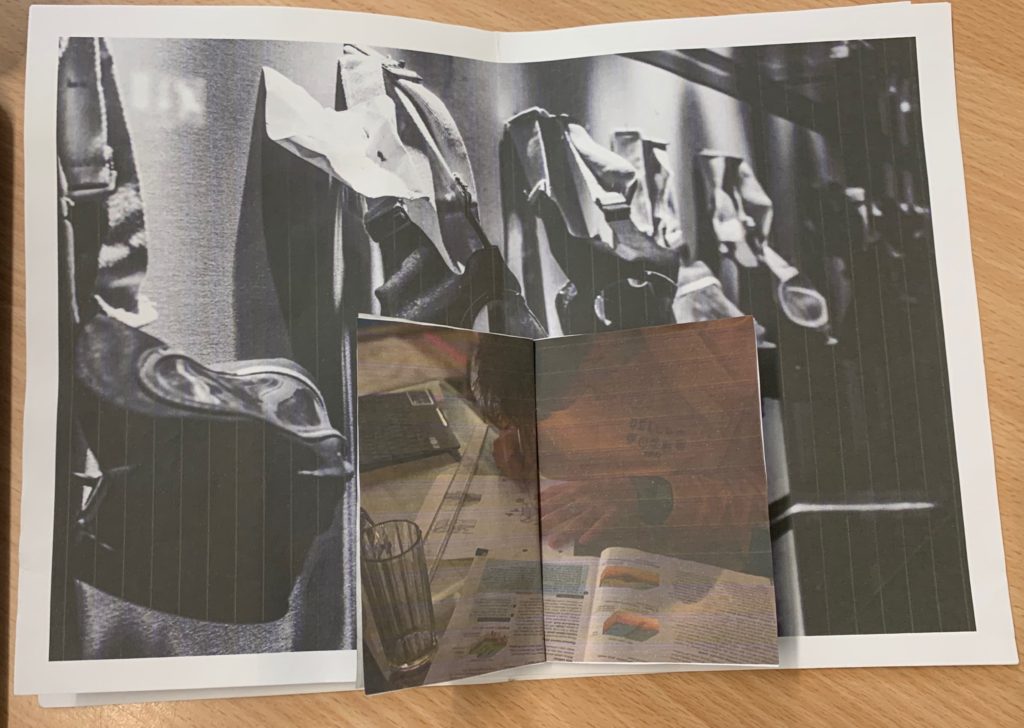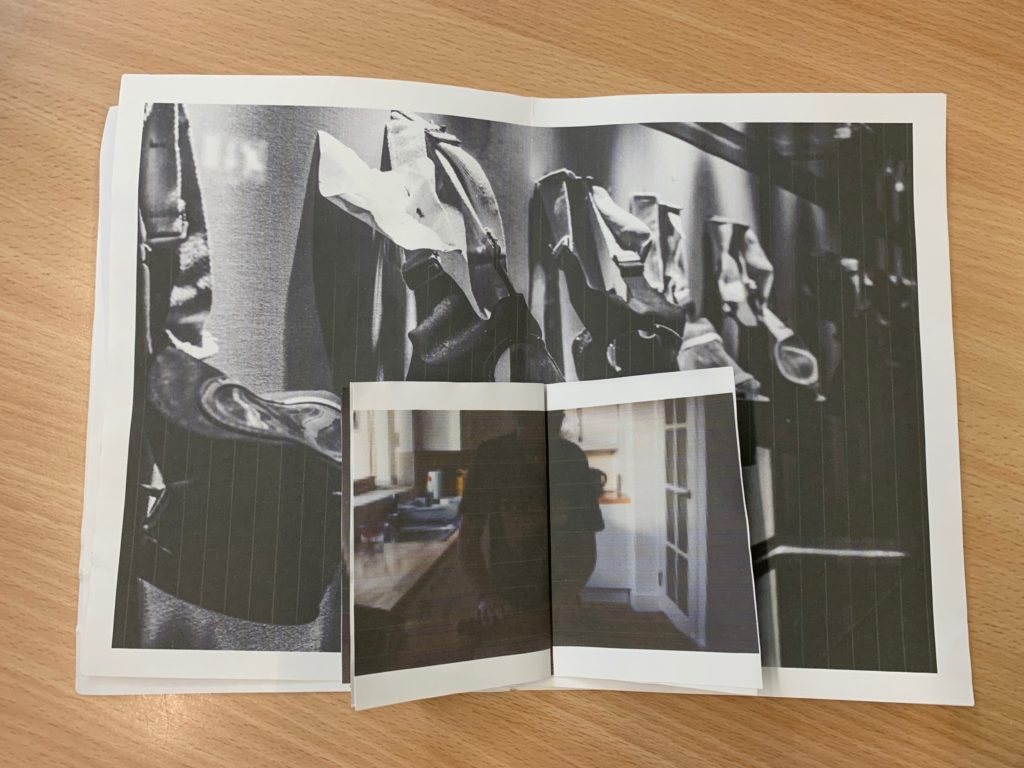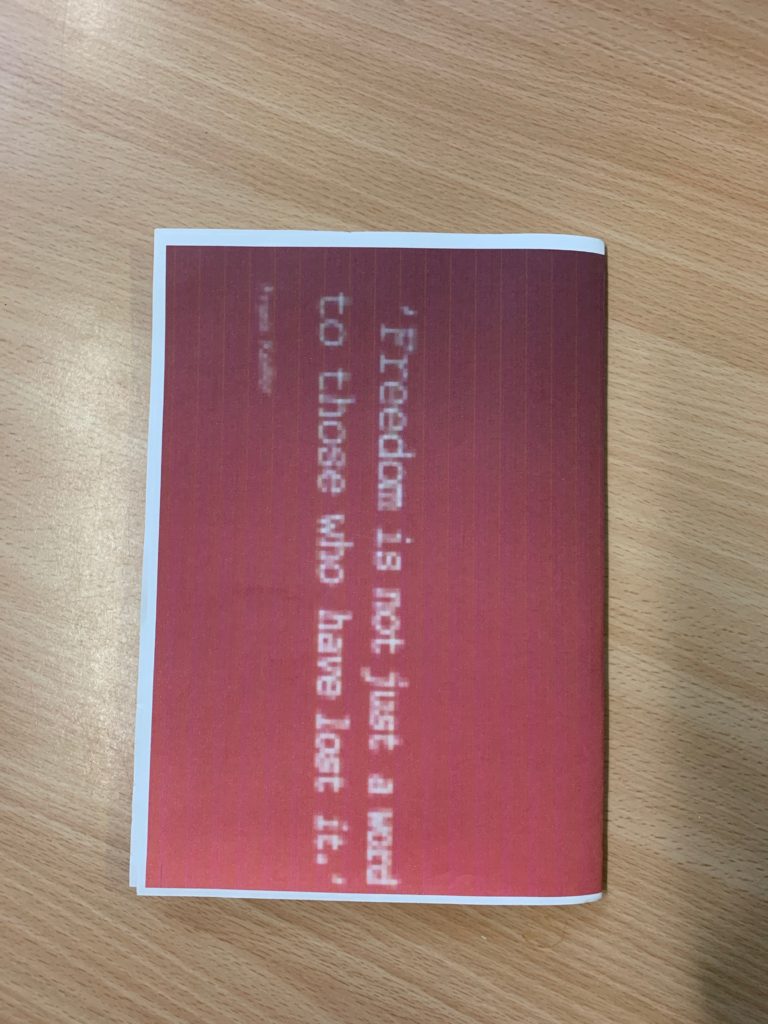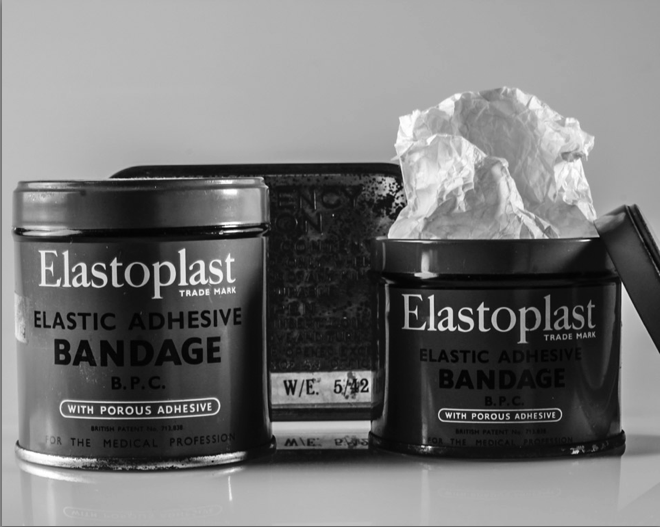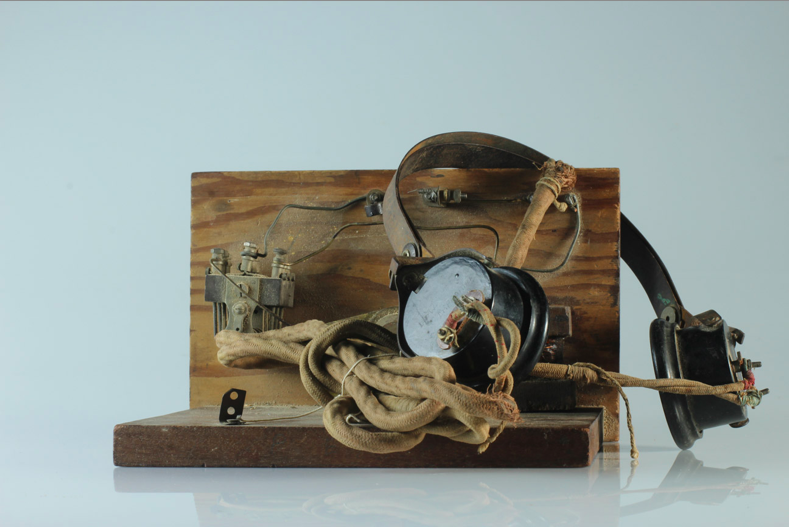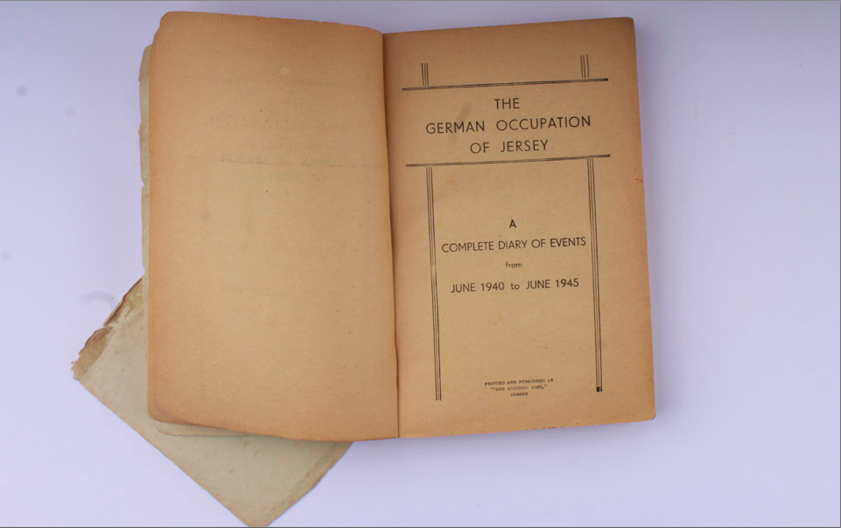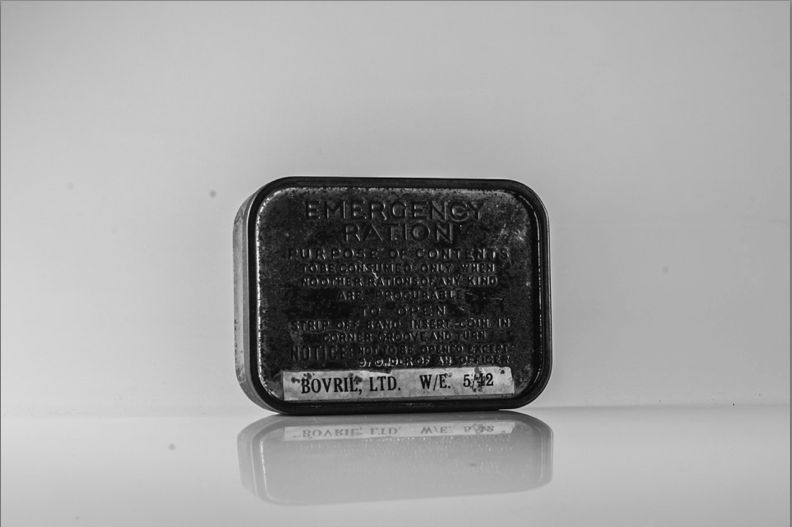PICTORIALISM
time period : 1880s to 1920s
Key characteristics/ conventions : Trying to make photographs look like paintings, Allegorical inspirations, spiritual and religious scenes+subject matter
Artists associated: Hugo Henneberg, Heinrich Kuhn, Hans Watcek (Vienna Camera Club), Julia Margaret Cameron, Peter Henry Emerson, The Brotherhood of the Linked Ring, Photo-Secession,
Key works: Equivalent (Alfred Stieglitz), What Remains (Sally Mann)
Methods/ techniques/ processes: soft focus, blurred and fuzzy imagery, long exposures
REALISM / STRAIGHT PHOTOGRAPHY
Time period: 1920s
Key characteristics/ conventions : accurate and descriptive records of the visual world, wanted too make photographs ‘photographic’ rather than ‘painterly’, Social Reform Photography,
Artists associated: Walker Evans, Alfred Stieglitz, Paul Strand, Dorothea Lange, Jacob Riis, Lewis H. Hine
Key works: The Steerage (Alfred Stieglitz)
Methods/ techniques/ processes: crisp focus, wide depth of field

